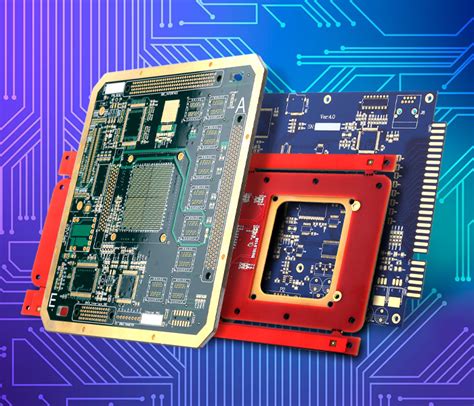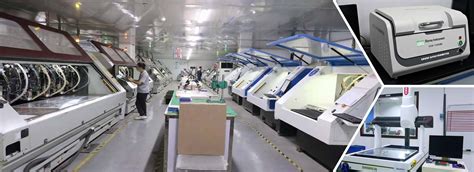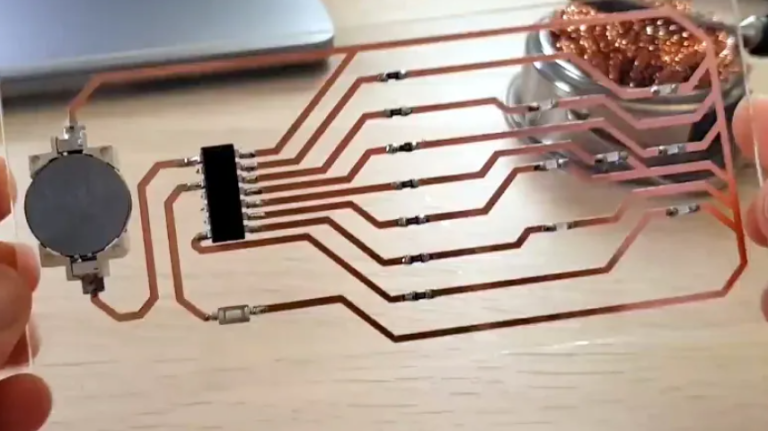Essential Guide to Ordering PCBs Efficiently and Affordably

Key Takeaways
When embarking on the journey of ordering PCBs, being well-informed is crucial. Understanding the pcb manufacturing process allows you to efficiently communicate your needs to PCB manufacturing companies, ensuring your specifications are met. To navigate the complexities of pcb manufacturing, consider important factors such as material types, layer counts, and finish options. Each decision can significantly impact your pcb manufacturing cost; therefore, it’s wise to compare quotes from various companies to find a balance between affordability and quality. Additionally, being aware of lead times can help you plan your project timelines effectively, ensuring that you receive your components when needed. Always remember that a small mistake in design or specification can lead to unnecessary delays or increased costs in your pcb manufacturing business. Taking the time to avoid common pitfalls will contribute to successful project outcomes and help maintain solid relationships with your suppliers.
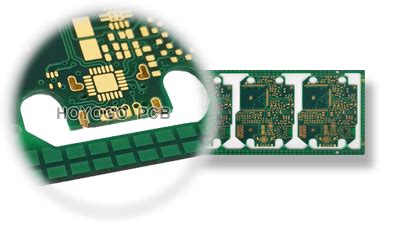
Understanding PCB Ordering Basics
When embarking on your journey towards efficient and affordable PCB manufacturing, it is essential to grasp the fundamental aspects of ordering PCBs. The PCB manufacturing process can initially seem daunting, but with the right information, you can navigate it successfully. One of the first steps is to identify reputable PCB manufacturing companies that align with your project needs. Start by researching their capabilities, experience, and customer reviews to evaluate their reliability.
Understanding pcb manufacturing costs is crucial in making informed decisions. Costs can vary significantly based on a variety of factors including material selection, complexity of the board design, and quantity ordered. For instance, lower volume orders tend to have higher per-unit costs compared to larger runs. Therefore, having a clear understanding of your project requirements will help you in negotiating better pricing structures.
Consider creating a comparison table such as:
| Company Name | Setup Cost | Cost per Unit | Lead Time (Days) |
|---|---|---|---|
| Company A | $100 | $0.50 | 5 |
| Company B | $150 | $0.45 | 7 |
| Company C | $200 | $0.55 | 3 |
This visual tool will allow you to quickly assess options based on your budget and time frame.
“The key to successful PCB ordering lies in understanding both your technical needs and budget constraints.”
By familiarizing yourself with these fundamental principles of PCB ordering, you equip yourself to make strategic decisions that will benefit your pcb manufacturing business in the long run. This foundational knowledge not only helps streamline the process but also positions you for potential cost savings and reduced lead times as you become a more informed buyer.
Key Considerations for PCB Selection
When embarking on your journey in PCB manufacturing, it is crucial to contemplate several factors that will influence your project and the end product. First and foremost, you need to identify the specific requirements of your design, including layer count, material type, and size, as these specifications greatly affect PCB manufacturing cost. Working with reputable PCB manufacturing companies can provide you with valuable insights into how different materials and complexities can impact overall expenses. Furthermore, understanding the capabilities of PCB manufacturing business partners is essential; ensure they have the necessary technology and expertise to meet your standards. It’s also advisable to consider the lead time for production; while you may want to secure low prices from suppliers, faster turnaround times often come with a premium. By aligning your priorities—whether they lean towards affordability or speed—you can streamline the decision-making process in selecting a provider that not only meets your budget but also aligns with your project’s technical needs. Prioritizing these considerations ensures that you make informed choices in your PCB projects without unnecessary complications.
Pricing Structures Explained
When it comes to ordering PCBs, understanding the pricing structures is crucial for your budgeting process. The cost of PCB manufacturing can vary significantly based on several factors, including the complexity of your design, the quantity required, and the specific PCB manufacturing companies you choose to work with. For example, simple designs typically incur lower pcb manufacturing costs, while intricate multi-layer boards can increase expenses. Additionally, bulk orders often yield lower unit prices due to economies of scale, making it a smart move for regular projects. When selecting a pcb manufacturing business, it’s beneficial to request detailed quotes that outline not only the base cost but also potential extra charges such as tooling fees or expedited service costs. This way, you can make informed decisions that align with your budget without encountering unexpected expenses later on. Comparing different pcb manufacturing companies in terms of pricing can also unveil options that better suit your project’s requirements, allowing you to balance quality and cost effectively.

Comparing Build Times for Effective Planning
When you embark on the journey of ordering PCBs, one critical aspect to consider is the build time. Understanding the different timelines associated with various PCB manufacturing companies can significantly impact your project schedule. Each company may offer different pcb manufacturing services, ranging from expedited production options to standard times that align with their capacity and workflow. It’s essential to evaluate the pcb manufacturing cost in relation to build time; sometimes, opting for a quicker turnaround can save you from costly delays later on.
In your planning phase, you should gather information on expected build times from multiple pcb manufacturing businesses. Reach out directly to these manufacturers or consult their websites for benchmarks on what you can expect. This proactive approach allows you to establish realistic timelines and ensures that your project adheres closely to deadlines. Additionally, consider any potential delays that may arise in logistics and shipping, which could affect your overall timeline. By taking these factors into account, you enhance your ability to plan effectively and minimize unforeseen challenges in your PCB projects.
For more information on reliable PCB services, Andwin PCB offers detailed insights into their processing times and options available for efficient PCB production.
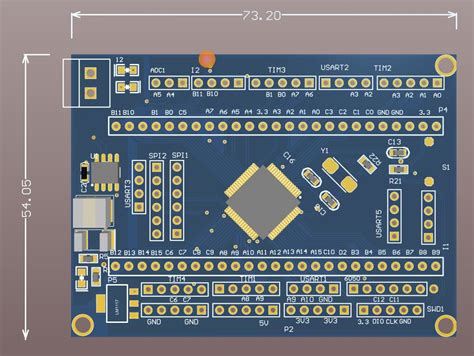
Tips for Cost-Effective PCB Ordering
When you embark on your journey to order PCBs, keeping an eye on cost-effectiveness can make a significant difference to your overall budget. To ensure you are managing your PCB manufacturing expenses wisely, start by researching various PCB manufacturing companies to compare their offerings. Different companies may provide varying levels of quality and service, which can affect the PCB manufacturing cost. Look for those that offer transparent pricing structures as this will help you avoid unexpected charges later in the process. Additionally, seeking out bulk order discounts or promotional deals can lead to significant savings, especially if you’re planning to place large orders. Don’t forget to inquire about their lead times and shipping costs, as expedited options can inflate your total expense. By being strategic in your choices and asking the right questions, you will streamline your ordering process and ensure that you remain within budget while still receiving high-quality products from your PCB manufacturing business. Knowing where to cut costs without compromising on quality is key; thus, always balance between affordability and reliability as you make your decisions.
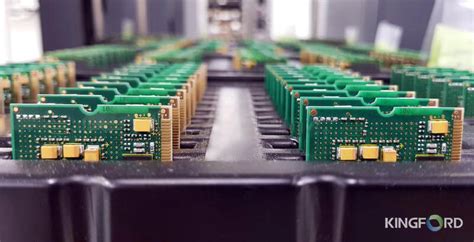
Navigating Payment Options for PCBs
When it comes to ordering PCBs, understanding the available payment options is crucial for ensuring a smooth transaction with PCB manufacturing companies. Various methods are at your disposal, including credit cards, bank transfers, and digital payment systems. Each option presents different pcb manufacturing costs, so it’s important to evaluate which method aligns best with your financial processes and project timelines. For instance, while credit card payments can facilitate quick transactions, they may incur additional fees that can affect your overall project budget. On the other hand, bank transfers often come with lower costs but may result in longer processing times. Additionally, some pcb manufacturing business providers offer discounts for upfront payments or bulk orders, which can be beneficial if you have recurring needs. As you navigate these payment options, consider the implications of each method not just on cost but also on convenience and security. By carefully assessing your choices and aligning them with your specific needs, you can enhance your efficiency in the pcb manufacturing space and contribute positively to the success of your projects.
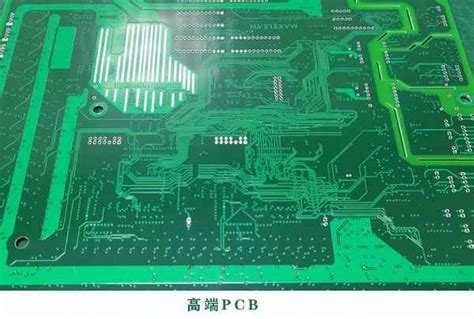
Common Mistakes to Avoid When Ordering PCBs
Ordering PCBs can be a complex process, and there are several common pitfalls you should be aware of to ensure a smooth experience. One mistake is failing to research PCB manufacturing companies adequately. Choosing a provider based solely on price can lead to issues with quality and reliability. It’s essential to compare different pcb manufacturing businesses not only by cost but also by their track record and customer feedback. Another common error is misunderstanding the pcb manufacturing cost; it’s crucial to be aware that cheaper options may result in hidden fees or longer lead times that could impact your project timeline. Additionally, being vague about your specifications can lead to miscommunication and unexpected outcomes, so always provide detailed design files and clear project requirements. Lastly, neglecting quality control measures can result in defective boards that don’t meet your project standards. By taking care to avoid these mistakes, you will position yourself for success and ensure that your experience with PCB manufacturing is both efficient and affordable.
Ensuring Quality Control in Your PCB Orders
When it comes to pcb manufacturing, ensuring quality control is not just a necessity; it’s a fundamental aspect that directly impacts the success of your project. You should establish clear quality criteria before placing an order with any pcb manufacturing companies. This includes defining acceptable tolerances, surface finishes, and material specifications. Not all pcb manufacturing business practices are the same, so taking the time to understand their quality assurance processes is essential. Many companies offer a sampling process where you can review prototypes before full-scale production. This not only helps in assessing their capabilities but also gives you insight into the pcb manufacturing cost associated with your specific requirements.
Furthermore, always verify whether the selected manufacturer maintains relevant industry certifications such as ISO 9001 or IPC standards. These certifications reflect their commitment to excellence and provide you with confidence in their output. Consider also conducting an on-site visit if feasible, as this will give you firsthand experience of their operational standards and workflows. By adopting these measures and incorporating extensive checks into your ordering process, you can significantly mitigate risks related to quality and ensure that your end products meet performance expectations reliably.
Conclusion
In summary, when it comes to ordering PCBs, knowing the ins and outs of pcb manufacturing is crucial for success. You should take the time to research reputable pcb manufacturing companies that align with your project needs. Understanding the pcb manufacturing cost can greatly impact your budget, so it’s vital to compare various quotes while keeping quality in mind. Streamlining your communication with pcb manufacturing businesses can lead to smoother transactions and better outcomes. By being aware of common pitfalls, you can avoid unnecessary delays and expenses, ensuring that your PCB projects are both efficient and cost-effective. Ultimately, a deep knowledge of the entire process will empower you to make informed decisions that enhance the performance and reliability of your projects. Embrace these insights as essential tools for mastering the art of PCB ordering.
FAQs
What is the typical pcb manufacturing process?
The typical pcb manufacturing process involves several key steps, including design, material selection, layer stacking, etching, drilling, and surface finishing. This detailed approach ensures that you receive high-quality boards tailored to your specifications.
How can I determine the pcb manufacturing cost for my project?
To determine the pcb manufacturing cost, you should consider factors such as the complexity of your design, materials used, size of the board, and any specific requirements like surface finishes or component placements. Most pcb manufacturing companies will provide detailed quotes based on these variables.
What should I look for when choosing pcb manufacturing companies?
When selecting pcb manufacturing companies, consider their reputation, quality control processes, production capabilities, communication responsiveness, and customer support. Reading reviews and asking for samples can also help you assess their reliability.
Can I customize my PCB design with a pcb manufacturing business?
Yes! Most pcb manufacturing businesses offer customization options based on your needs. You can typically specify dimensions, layer count, material type, and more to ensure that your PCB aligns perfectly with your project requirements.
What are common mistakes people make when ordering PCBs?
Common mistakes include not providing complete specifications or design files, overlooking lead times for production and shipping, and failing to communicate any specific requirements with the manufacturer. To avoid issues, ensure that you’re thorough in your preparations before placing an order.
If you’re ready to dive deeper into the specifics of pcb manufacturing, please click here for more insights!


